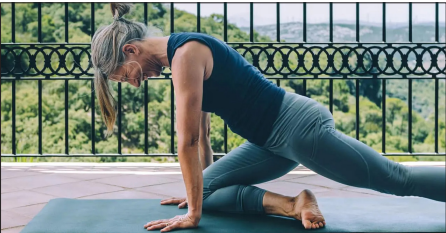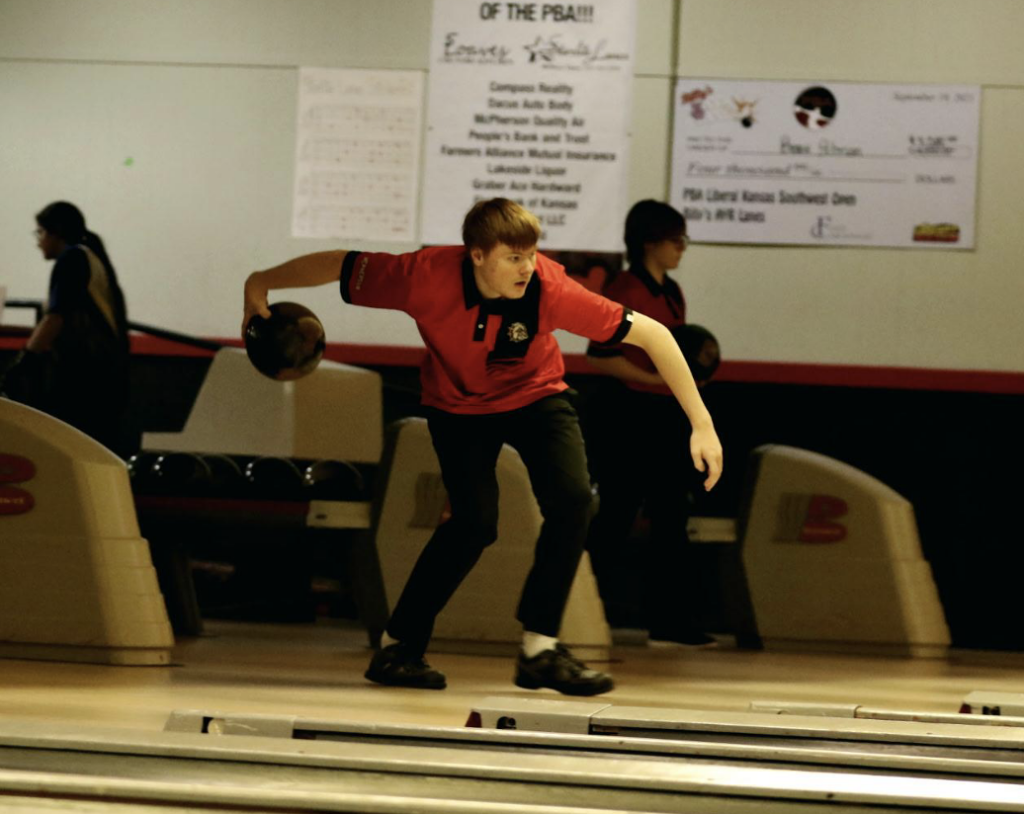Knee pain is one of the most common musculoskeletal complaints across all age groups. Chances are, you’ve dealt with a nagging knee issue at some point. In fact, studies show nearly 25% of adults experience knee pain that limits function.
But here’s something many people don’t realize – just because you’ve had an old injury, a meniscus tear, or even early signs of osteoarthritis, doesn’t mean you’re destined for pain. There are plenty of people who walk around with MRI findings and no symptoms. However, the real question is, can knee pain be prevented?
The short answer: not always. Injuries happen. Life is unpredictable. But you can take steps to stack the odds in your favor. Wearing sunscreen doesn’t guarantee you’ll never get sunburned, but it drastically lowers the risk. Building strong, mobile knees and managing lifestyle factors does the same to help prevent knee
pain.
Here are the two areas of focus:
- Lifestyle factors that increase or reduce your likelihood of knee pain.
- Training strategies that strengthen, mobilize, and protect your joints.
Modifiable Lifestyle Factors That Can Help Prevent Knee Pain
Unlike your age or genetics, these are factors you can control, and they can have
a big impact on how your knees feel and function.
Sleep - Poor sleep affects tissue repair, pain sensitivity, and inflammation. Inadequate
sleep has been linked to increased injury risk and slower recovery across
multiple studies.
Tip: Aim for 7 to 9 hours per night.
Nutrition - Diet plays a major role in systemic inflammation. A high-inflammatory diet
(think ultra-processed foods, high sugar intake, and low nutrient density) is
associated with greater pain levels and higher rates of osteoarthritis. Obesity,
often associated with a poor diet, has also been linked to higher rates of knee
osteoarthritis.
Tip: Focus on whole foods, a variety of vegetable & protein sources, staying
hydrated, and an overall focus on total calories consumed to keep weight in
check.
Stress - Mental stress can alter how we perceive pain and how well our body heals.
Chronic stress also elevates cortisol, which may adversely affect the role of
inflammation in our bodies.
Tip: Techniques like mindfulness, exercise, and proper boundaries can help
keep stress in check.
Making Your Knees More Durable
You’ve probably heard phrases like “bulletproof your knees.” While no joint is
invincible, stronger, more mobile knees are less likely to hurt and more likely to
recover well from strain.
Strengthen the Muscles Around Your Knees
A stronger joint is a more stable and durable joint. Strength training reinforces
not just your muscles, but also tendons, ligaments, and cartilage and can help
prevent knee pain.
Key exercises: - Squats
- Lunges
- Step-ups
- Jumping and plyometrics
Start with 3-5 sets, 2-3 times per week, using a difficulty that feels like a 7 out
of 10 in effort (known as RPE). And don’t be afraid to incorporate jumping or
explosive movements. Your knees are designed to handle impact.
As playwright George Bernard Shaw once said, “We don’t stop playing because
we grow old; we grow old because we stop playing.” So don’t be afraid to keep
jumping, running, and playing. It’s good for your knees.
Keep Your Joints Mobile
Mobility matters. Joints don’t like being stuck at end ranges, they rarely visit. A
full range of motion makes daily movements smoother and lowers the risk of
compensatory patterns.
Stiff hips or ankles can also shift stress onto your knees. That’s why mobility
above and below the joint is just as important as the knee itself.
Try these 3 stretches to help prevent knee pain: - Couch Stretch (targets quads and hip flexors) – Kneel on one knee in front of
a couch. Place your back foot up on the couch (toes pointed up) or rest it on the
couch behind you. Keep your torso upright and squeeze your glutes to feel a
stretch through the front of your thigh and hip. Hold for 30–60 seconds per side. - Pigeon Stretch (opens hips and glutes) – From a push-up or plank position,
bring one knee forward and place it behind your hands with your shin angled
across your body. Let your back leg extend straight behind you. Lower your
torso over your front leg until you feel a stretch in the hip and glute. Hold for
30–60 seconds per side. - Wall Calf Stretch (improves ankle dorsiflexion) – Stand facing a wall with your
hands against it. Step one foot back, keeping that heel flat on the ground and
your knee straight. Lean forward into the wall until you feel a stretch in your
back calf. Hold for 30–60 seconds per side.
Progress Gradually (Smart Load Management)
This is one of the biggest keys to avoiding injury: don’t do too much too soon.
The body adapts best with gradual, consistent progress. Jumping from 3 miles of
running to 13 in a week is handled differently than adding a mile per week over
the course of 3 months.
Example of smart progression: - Running: Increase your mileage by 10 percent each week
- Strength: Increase weight by 2.5-5% each week
- Stretching: Don’t try to go from tight hips to full splits in a week – add a few
degrees each week.
Your tissues adapt to the stress you place on them, so make sure the stress is
applied gradually.
Summary
While knee pain can’t always be prevented, there’s a lot you can do to reduce
your risk and improve how your knees feel and perform.
Key tips: - Improve your sleep, nutrition, and stress management
- Strengthen your legs with squats, lunges, and step-ups
- Stay mobile through regular stretching
- Progress your activity gradually and consistently
If you’re dealing with recurring knee pain or want a personalized plan to
keep it from coming back, a physical therapist can help. They will assess your
movement, strength, and joint mobility to develop strategies specific to your
needs and goals.
You only get one set of knees, call to book a visit with an expert PT today!













